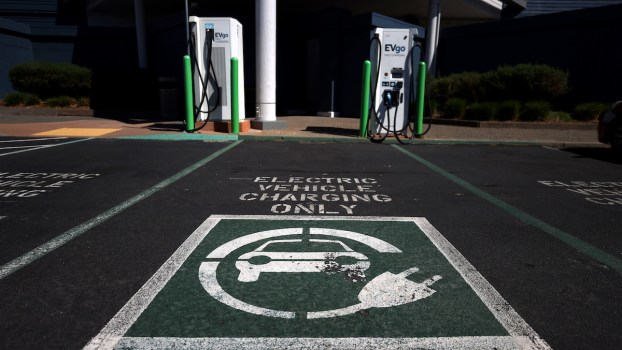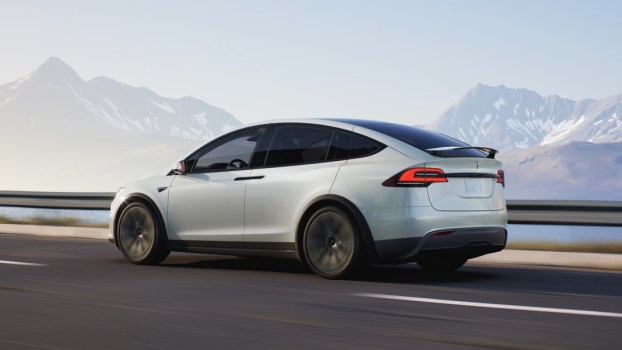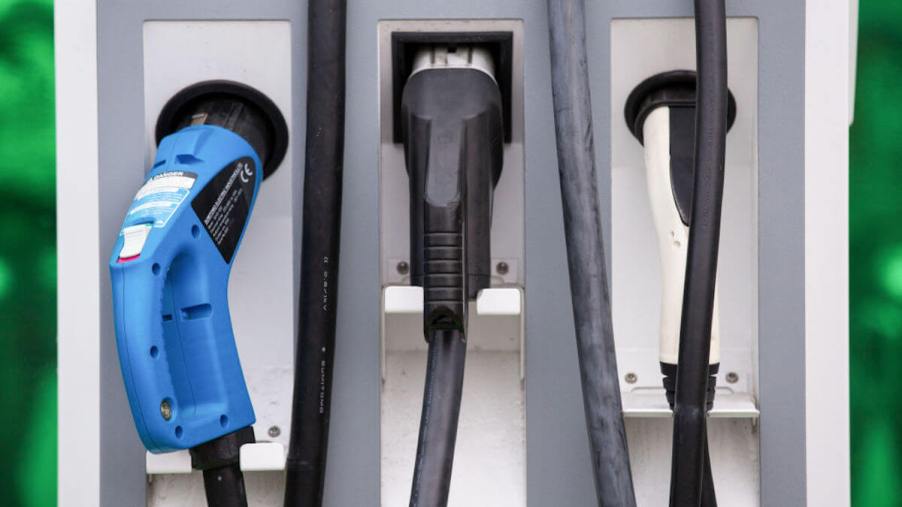
Upside Down: Study Reveals EVs Cost More to Drive Than Gas-Powered
Which is cheaper to drive 100 miles, an electric or gas-powered vehicle? The assumed answer is an EV, of course. But a recent study shows EV charging costs more than gas. So what happened to the tenet that electric vehicles will save more money than an internal combustion engine car?
What are the costs of EVs vs. gas-powered cars?
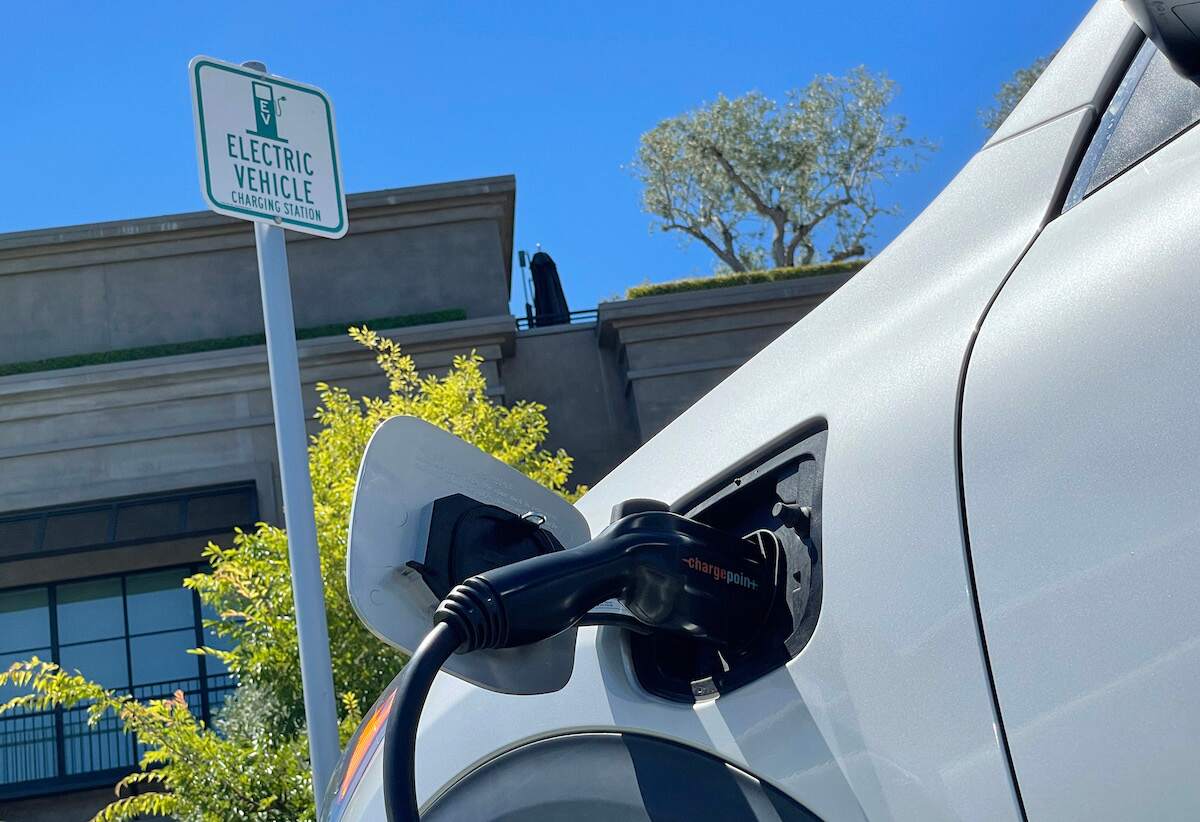
A new Anderson Economic Group (AEG) report has turned the EV world upside down. It shows that mid-priced electric vehicles cost more to run than similar gas-powered cars. However, that doesn’t apply to luxury cars.
Based on current prices, internal combustion engine (ICE) cars need $11.29 of gas for every 100 miles driven. That cost goes up to $11.60 for electric vehicles. That’s if they charge their EV at home. For drivers who need to refuel frequently at EV charging stations, that number jumps up to $14.40 per 100 miles.
What is hiking up the cost to drive EVs?
AEG factored four types of expenses into its pricing figures:
- The cost of fuel and electricity
- State excise taxes for infrastructure costs
- The cost to operate a gas pump or charger
- The cost to drive to a fuel station (aka deadhead miles)
EVs don’t have those infrastructure fees factored in. So some states require an “EV registration fee” for parity.
“The run-up in gas prices made EVs look like a bargain during much of 2021 and 2022,” AEG’s Patrick Anderson says. “With electric prices going up and gas prices declining, drivers of traditional ICE vehicles saved a little bit of money in the last quarter of 2022.”
2020 saw a larger gap between the cost to drive an EV and an ICE car, with gas-powered vehicles much cheaper. But by mid-2022, the ICE advantage disappeared thanks to significant gas price increases. However, since the fourth quarter of 2022, the numbers have flip-flopped, giving gasoline the edge again.
What about the cost to purchase electric vehicles?
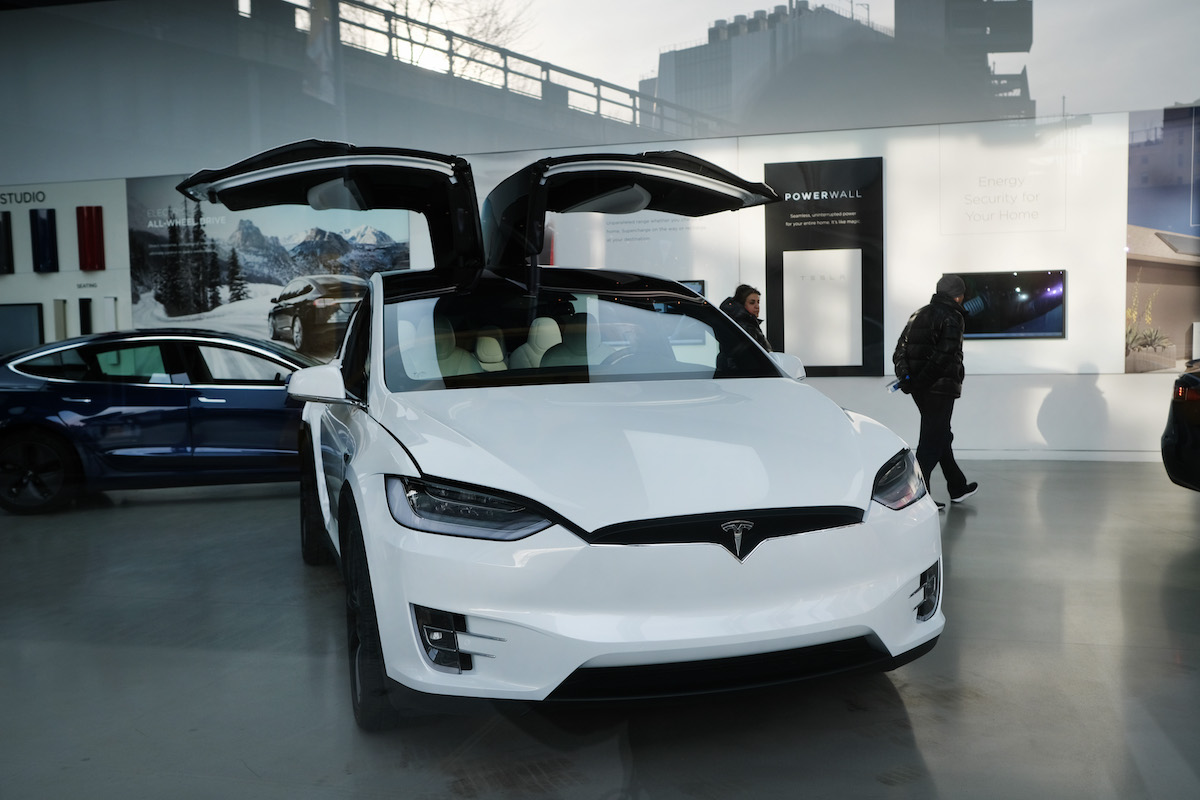
In addition, electric vehicles cost more to insure than ICE vehicles. That’s because of the higher costs of replacing damaged components. And though some auto shops do cosmetic and mechanical fixes, EVs typically must go to specialized shops for mechanical repairs. And specialty shops tend to charge more for their work.
One last factor that isn’t part of the equation is the purchase price of electric vehicles. With popularity comes higher prices, as we saw last year when Tesla increased MSRPs for its EVs almost weekly. Cheaper models like the Nissan Leaf and Chevy Bolt offset elevated prices, but the overall cost of EV admission is higher than for ICE cars. And prices will remain high with electric vehicles’ increased popularity.
However, this year, Tesla has reduced prices across the board as newer electrics have hit the market, creating more competition. That could keep the lid on rising costs, which will become clearer further into 2023.
